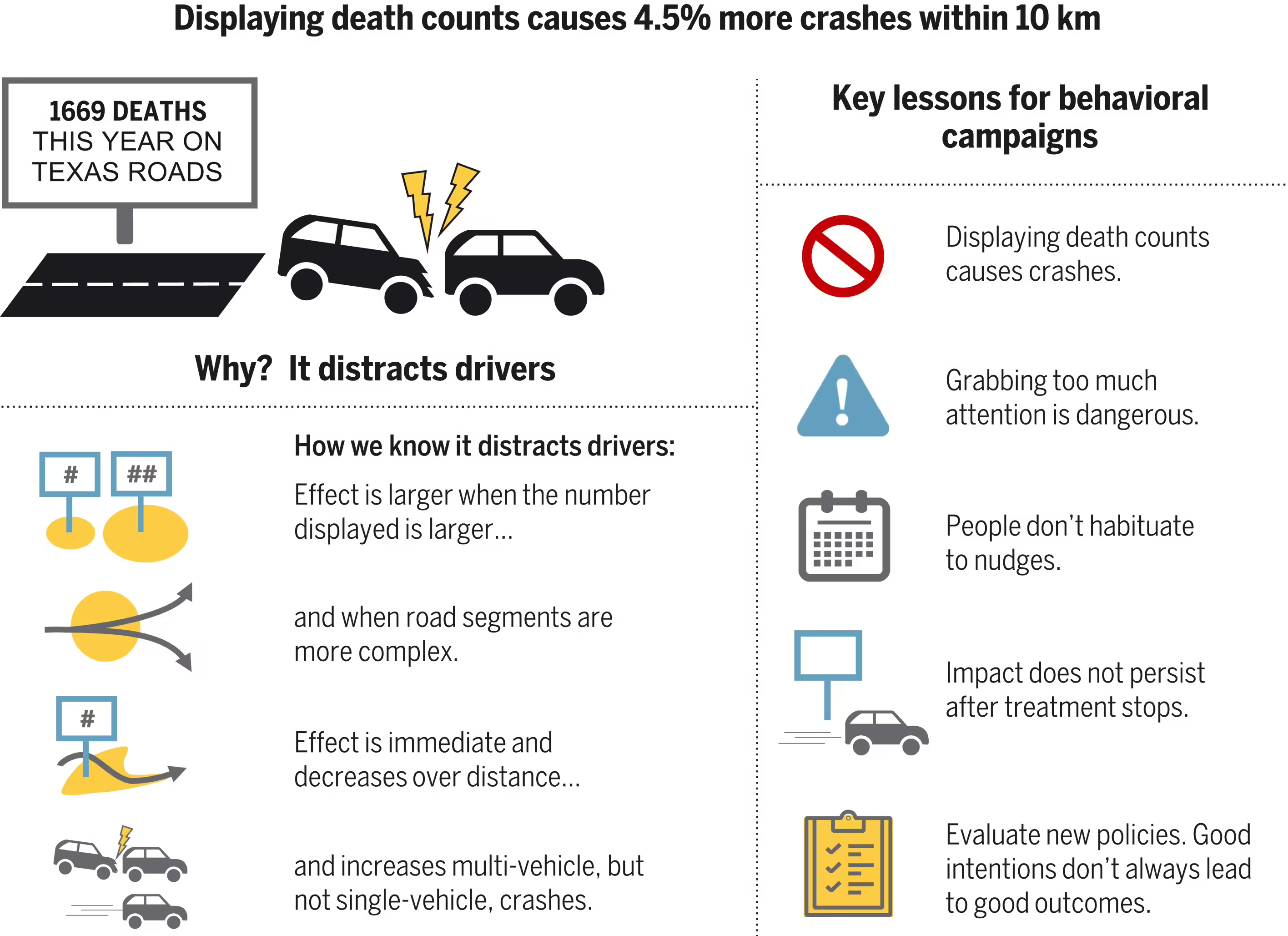Attention economy
January 13, 2012 — April 3, 2022
We are all agents acting with limited and local information. What sort of behaviour can we expect from a multiscale system composed of such actors? Especially, consider the problem of what we can expect if all the actors in such a system have no only finite computational resources and times to spend of calculating the risk and return for each problem facing them, but also finite resources to spend even on working out which problems to allocate their other finite resources to.
HYPER-REALITY, by Keiichi Matsuda
1 Incoming
Andy Warhol, Clay Christensen, and Vitalik Buterin walk into a bar connects attention economy to value generation and self-fulfilling prophecy.
Anthony Lee Zhang, The War for Eyeballs
There is thus an interesting analogy between control rights for Twitter and other social media platforms, and the recent “Curve wars” in web3. Eyeball space in social media is like liquidity in web3: everyone values it and everyone wants to control it. Curve is thus similar to Twitter, in the sense that it controls a resource — incentivized liquidity provision — which is more valuable than the profits CRV extracts from providing the resource. As a result, many parties find it in their interest to buy control rights over CRV/CVX, and run it in a purposefully non-profit-maximizing way. In web3, large protocols amass piles of CRV/CVS governance tokens, to redirect liquidity towards their own tokens. Again, the fundamental principle behind the Curve wars is that the liquidity that Curve controls is much more valuable to some market participants, than the potential profits Curve generates using that liquidity.
My thesis is thus that Twitter and similar platforms are, in some sense, doomed to exist in perpetual governance conflicts similar to the Curve wars. Market forces will not allow Twitter and similar companies to exist as independent, reasonably objective, profit-maximizing company. Since the eyeball time rents that Twitter controls are vastly larger than the profits it generates from those rents, Twitter is essentially doomed to be locked in a endless governance war. Interested forces will fight endlessly for control over Twitter, to run Twitter in a purposefully non-profit-maximizing way, to channel eyeballs towards one’s desired objective. Parties which value eyeball time for various reasons will endlessly struggle for control over Twitter, not for its ad profits, but to funnel eyeball time, in a purposefully non-profit-maximizing way, towards causes that they value.
- Cat and Girl on Distraction
- Billboards kill people (Hall and Madsen 2022)

